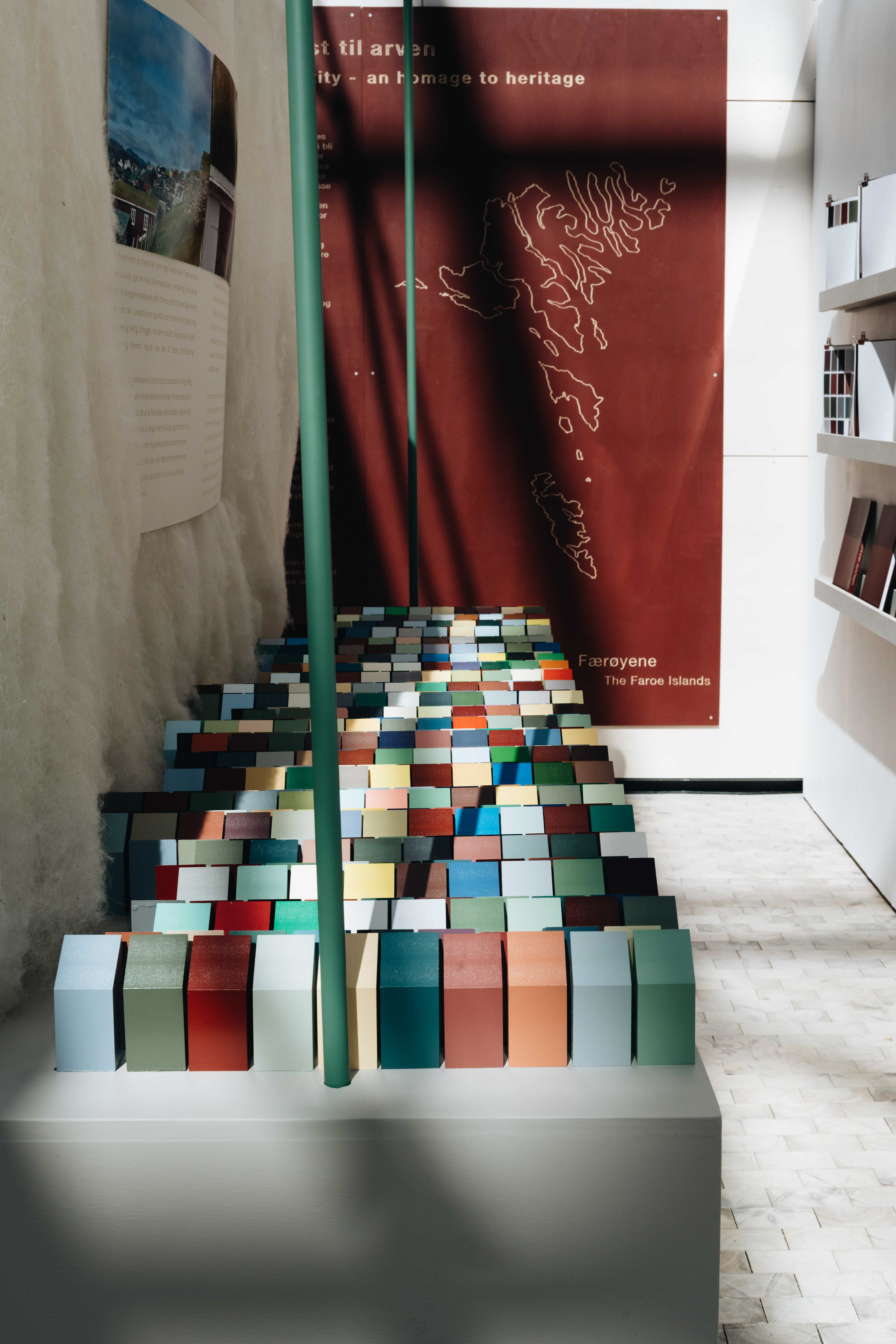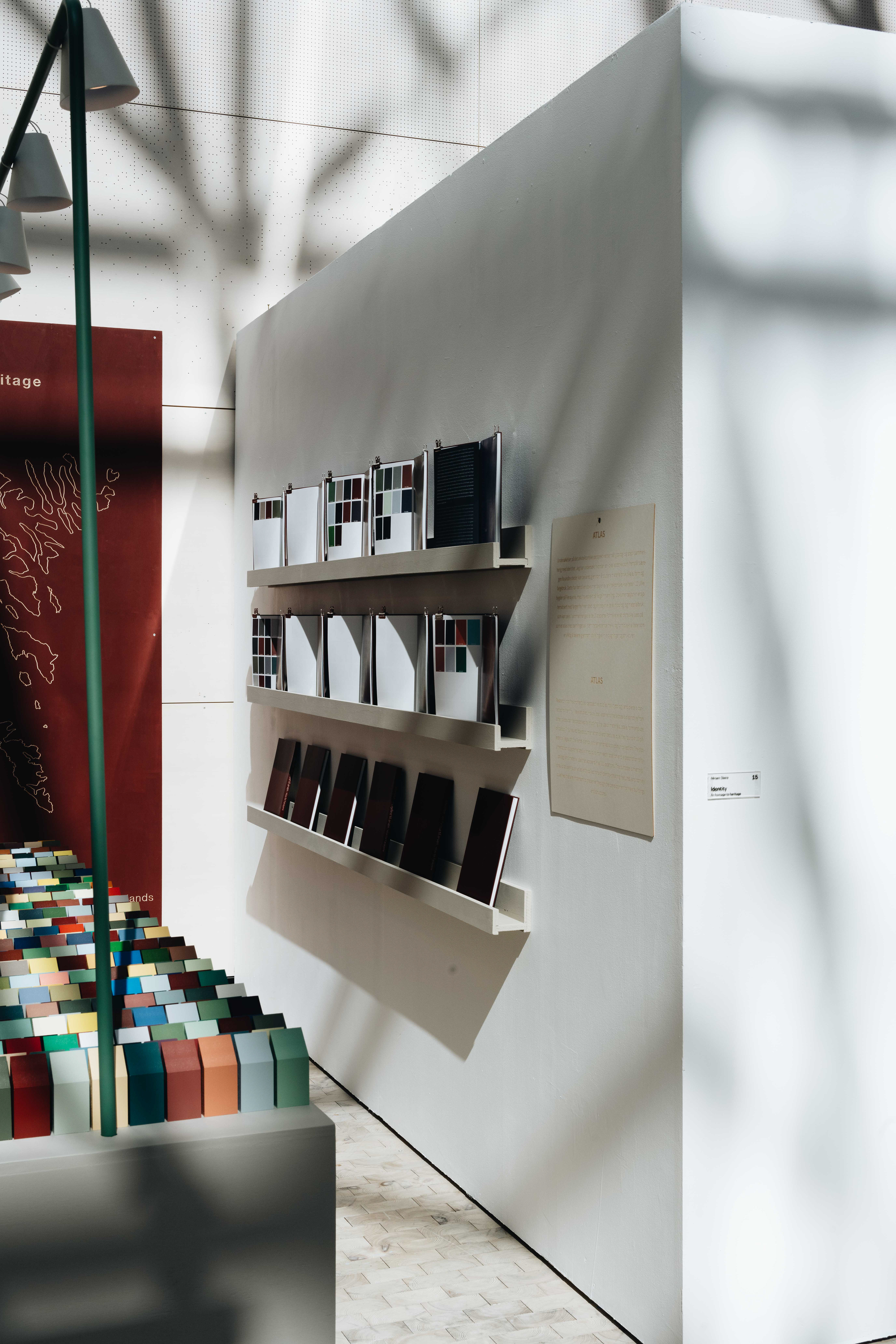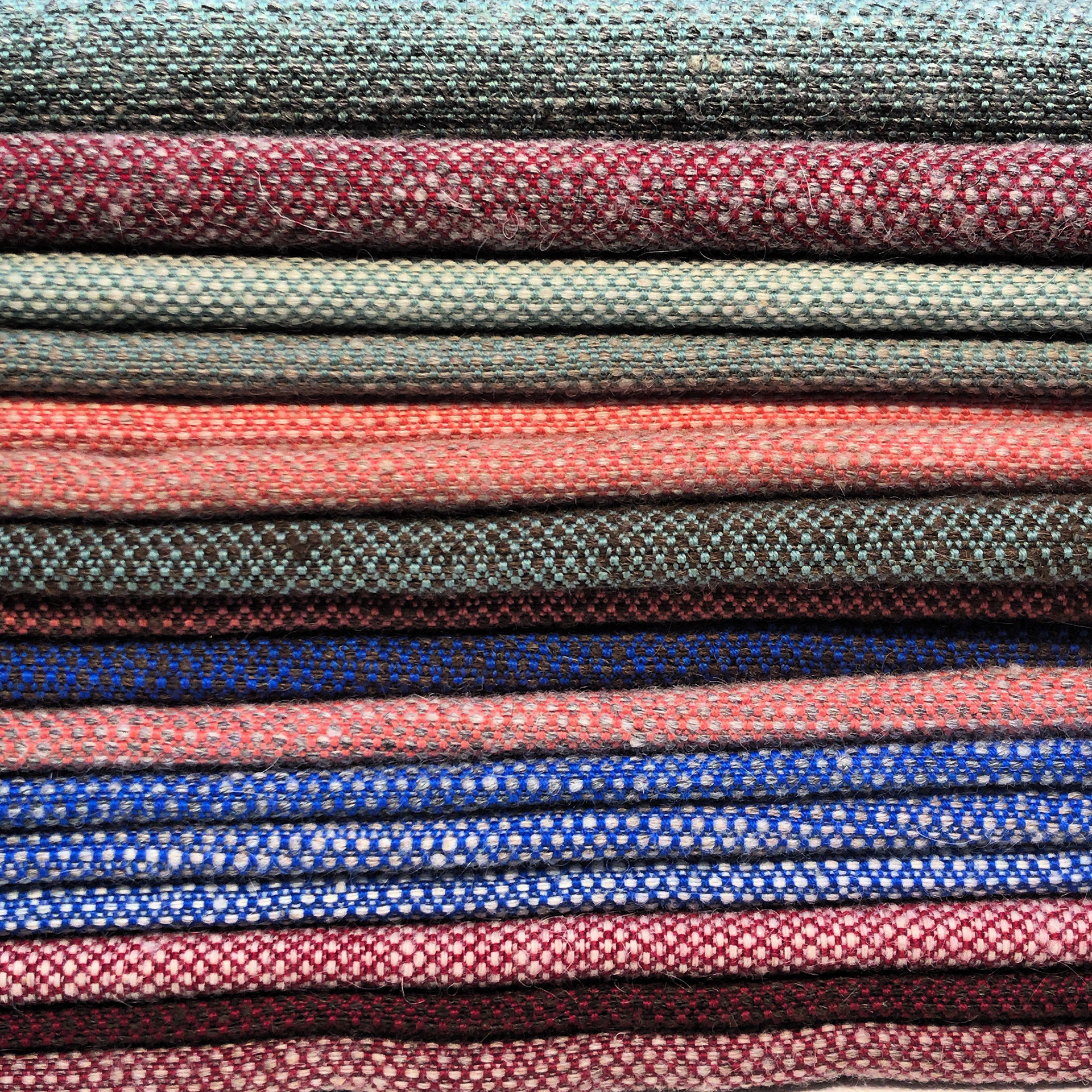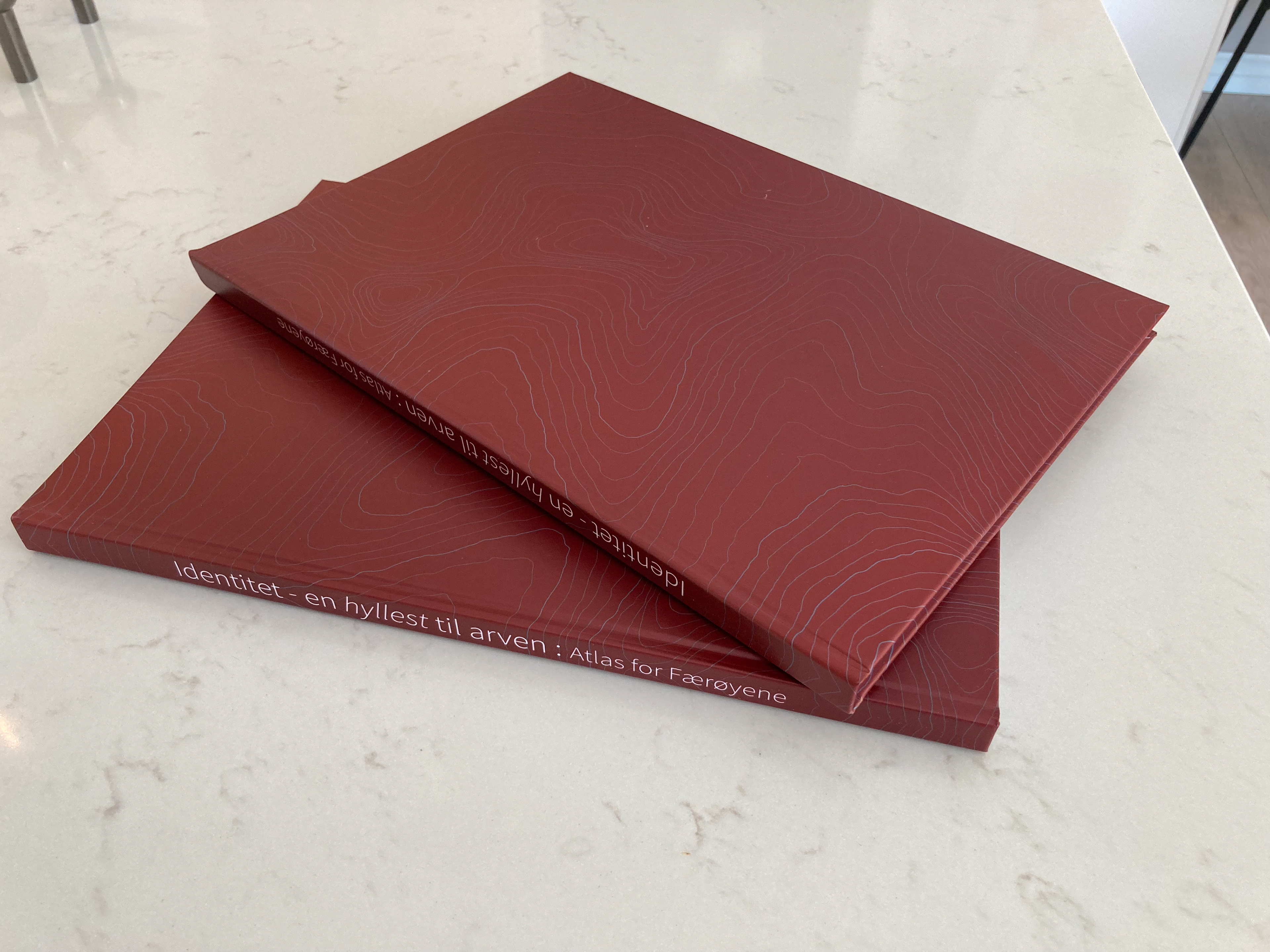
foto: Tiril Hjelmeland

foto: Tiril Hjelmeland

foto: Tiril Hjelmeland
foto: Tiril Hjelmeland










As a response to much of todays rising architecture and urban development that seemingly detaches itself from local aesthetic identities, my thesis explores how architecture and design can preserve place and cultural specific qualities in the process of modernization. Through field studies on the Faroe Islands I have discovered how we as designers and architects can design more consciously by seeing these local, unique characteristics as a resource in our design processes. I have done so through two main focus areas, one being a social and architectural perspective, and the other a cultural and material perspective. The architectural research looks at typology and place in the context of identity. Local aesthetic features found in 10 different villages have been documented and gathered in an identity - atlas. The atlas describes and showcases how the use of materials, scale, form and colors are conveying qualities that are important to preserve through the development of new buildings and structures. The material research includes an in-depth investigation of the Faroese wool and its potential as a valuable and sustainable resource by following the material from animal to textile. The wool was once a highly valued resource on the islands, but is now discarded due to marked value loss. I focused on exploring its aesthetic uniqueness such as tactility and natural colors, as well as its specific functional and technical qualities. I have also investigated production processes where I have experienced a variation of craftsmanship and knowledge. The research have led to a collection of furniture textiles with a focus on tactility and color, where the wool's potential in a new value chain is the goal.



foto: Tiril Hjelmeland









